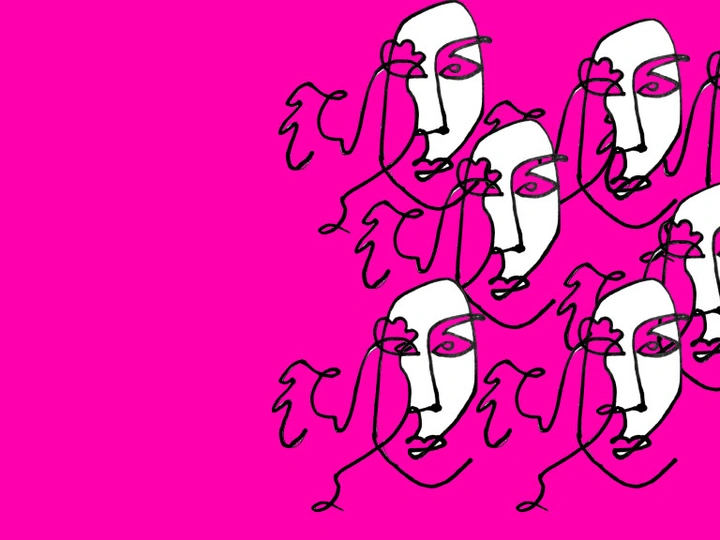BroilerLands

(dw) dean black
Janice Black
Barbara Penner
Tanja Poppelreuter
Peg Rawes
Thomas Wells
Dean was born and raised in rural (Northern) Ireland as a part-time agricultural labourer turned early-career architectural researcher, designer, and historian. They are a graduate of the Bartlett School of Architecture, University College London (MA Architectural History and Theory) and former Research Associate at the Royal College of Art in the Laboratory for Design and Machine Learning. At present Dean is a Research Lead at the placemaking consultancy Urban Scale Interventions, Policy and Research Consultant at Polyloop, Arts and Heritage Co-ordinator at Banana Block (in partnership with National Museums Northern Ireland) and Guest Lecturer at the Belfast School of Architecture where they are involved in the Hard Space: Soft Tactics Studio. They co-authored the Ulster Architectural Heritage Society’s best selling ‘Glamour and Gloom’ publication and are the founder of ‘in_situ’, an upcoming architectural research lab based in Belfast. Dean is also the lead representative of Belfast in Creative EU projects such as the European Creative Rooftop Network and Culture Next Candidate Cities Network. Despite a successful escape from the family farm in Tyrone, (Northern) Irish agricultural landscapes and food-ways, and their intersection with spheres of architecture, ecology, feminism, queer studies, and post-humanism form the basis of much of their research. The project they propose as part of this application presents these interests through the lens of human, non-human, and geographical forms of otherness that pervade architectural assemblages of the modern poultry industry. Dean believes that the interrogation of such histories is critical to reconceptualising how and with whom we address the current climate crisis on local and transnational scales.
With 23 billion alive at any one time, the modern broiler chicken outnumbers all other domesticated species on planet earth, including that of humankind. Raised to satisfy humanity's insatiable appetite for the bird’s fleshy breasts and thighs, the chicken has become an emblematic species that exemplifies the complexities of human-animal relationships in the anthropocene. Moreover, the profound impact of the modern poultry industry on the architecture of agricultural landscapes, food-ways, and the body of the chicken itself cannot be ignored. This research project focuses on the historical and contemporary development of the modern poultry industry. It aims to shed light on the complex interplay of non-standard actors and histories, particularly women and Northern Ireland, to re-imagine its possible futures. Informed by my own involvement within the poultry industry, the project was initiated to understand the spatial and cultural dynamics associated with the poultry industry and its impact on human-animal-architecture relations. On a spatial level, the investigation delves into the geography of Ireland’s borderlands, the disposition of the 20th-century home, the evolution of the mechanised incubator/refrigerator, and the design of the contemporary poultry house. The study employs a multidisciplinary approach, integrating historical research, archival material, personal experience, architectural analysis, and social theory. In doing so, it highlights previously overlooked dimensions of the modern poultry industry and challenges normative boundaries and perspectives that have traditionally formed architectural discourse. By disrupting conventional viewpoints, the study has the potential to offer a novel perspective on the intersection of humans, animals, and architecture at large through forming part of a larger exploration of the global dynamics, and ethical and social implications of the modern poultry industry including its broader impact on spatial culture.